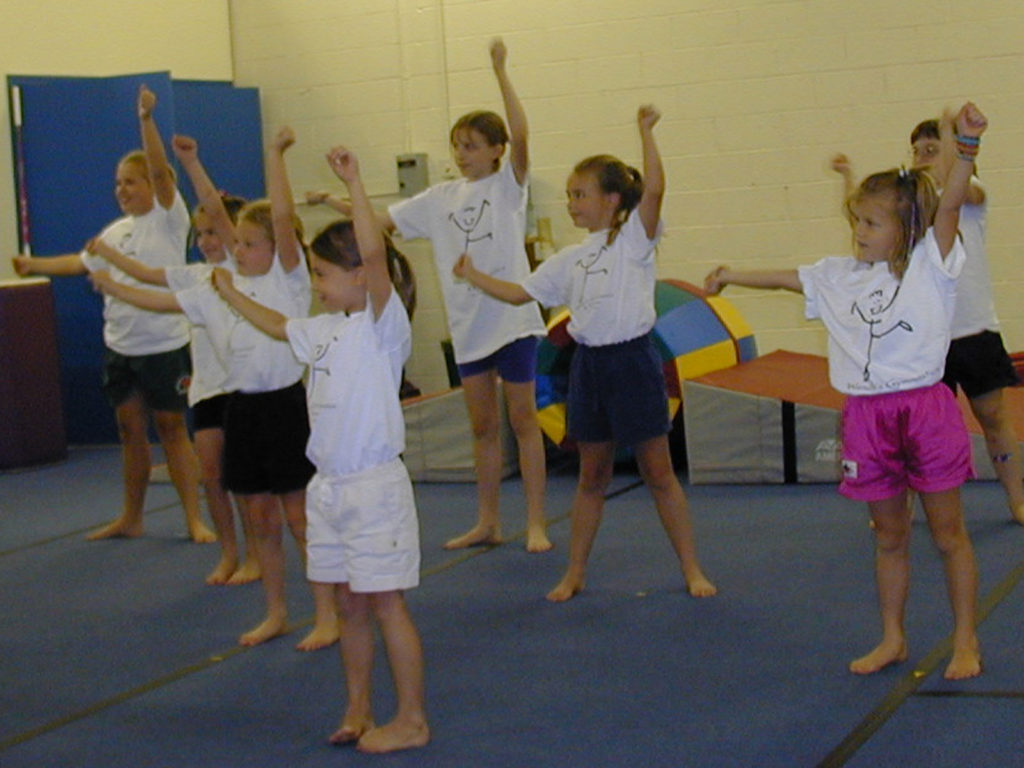
Keep your eyes on the road. Never look back. Eyes on the prize. We’re in it for the long haul.
There are so many cliched sayings on the topic of staying focused on our goals.
Why is it so hard to stay the course when pursuing a long term goal or dream?
I blame Amazon.
Thanks to Amazon, we expect 2-day delivery of nearly anything. In some cases, we can get 2-hour delivery. Or, if you’re willing to pay for it, some items will even be delivered in 1 hour. Quite a far cry from the way I grew up.
Have you ever purchased something on layaway? Does anyone still do that?
The last time I bought something on a layaway plan was 34 years ago – an engagement ring. (I could say, “and I’m still paying for it.” But, the reality is, it remains the best purchase I have ever made.)
How about saving box tops? Do you remember that? This was a common thing when I was a kid. By sending in the tops from boxes of cereal, along with a small amount to cover shipping and handling, you could get all kinds of great prizes.
I got my start as a magician with a trick I got in a box of cereal. Wheat Chex, to be exact. From there, I saved box tops to send away for a full-fledged magic kit. It required 6 box tops. Do you know how long it takes to save up 6 box tops? In our house, it was not a thing to buy 6 boxes of cereal at a time. And it certainly was not OK to open a new box until the current one was all gone. And, no, it was not OK to eat cereal for breakfast, lunch and dinner.
After collecting all of the required box tops, you had to mail them via standard US postal delivery, then wait 6-8 weeks for delivery of your long coveted prize. There was no such thing as overnight delivery. I remember checking the mail every day for the entire time in anticipation of the fantastic prize.
Would anyone do that today?
With instant downloads on the Internet, on-demand streaming of movies, and overnight delivery (or less) of nearly anything, we have been trained to think everything should happen quickly.
With that mindset, we get frustrated by how long things take. We think we should be able to achieve anything by next week at the latest.
I started my career as a software engineer. I used to work on projects that were measured in months, sometimes many, many months. Now when I launch into a new project on my website, I get frustrated when I don’t have it done before lunchtime.
In my current career as entertainer and speaker, I often get frustrated because things are not where I’d like them to be. Why is this taking so long?
Then I pause to look back and realize how far I have come. I watch video from events I did a few years ago and compare that with video from one I did last week. Wow! Maybe I am making progress. Maybe things are on track.
Are you feeling frustrated? Do you feel like you’re never going to get there? (Wherever “there” is for you.)
Try this. Take your eyes off the road. Do look back. See how far you have already come. Acknowledge your progress.
Now you can go back to eyes front. Eyes on the prize. Sure, it’s a long haul. Might as well settle in and enjoy the ride.
And once in a while, check that rear view mirror.








